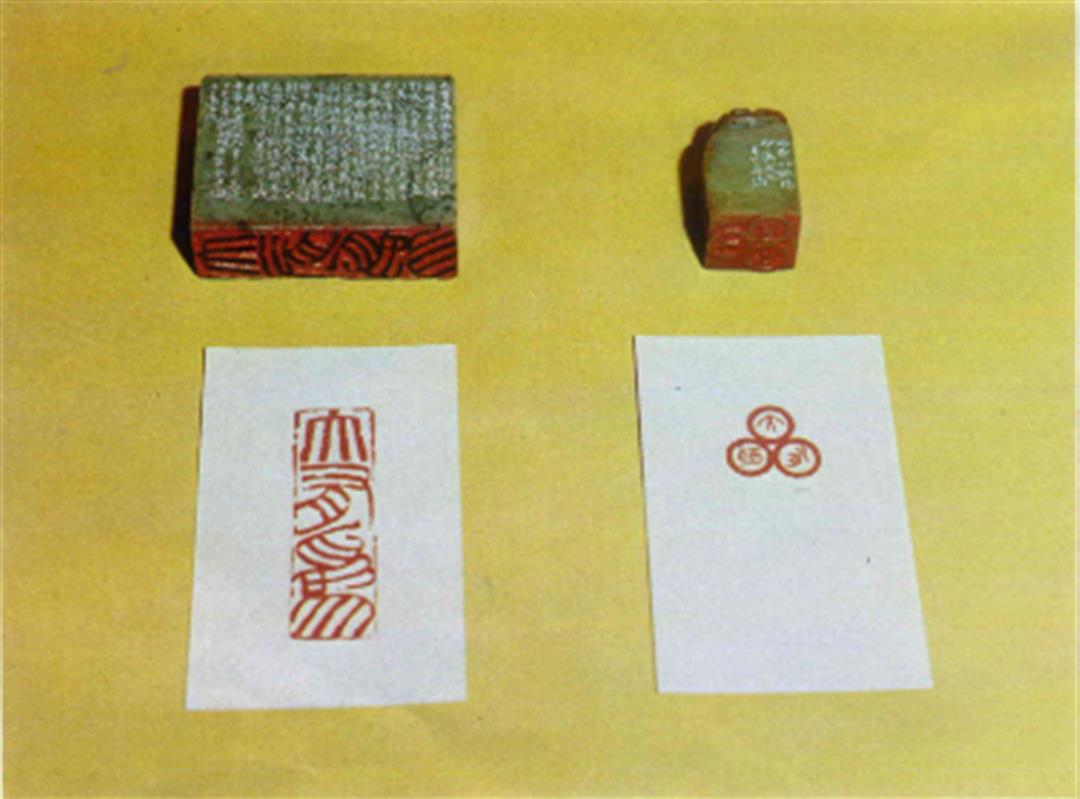Chop-making is one of the traditional ancient Chinese arts. It rivals calligraphy and painting in Chinese art history. Chops imprint the names of their owners as personal signatures. They are required for banking transactions and all other important papers. The important elements of a good chop include material, writing style, artistic engraving and space layout. For these reasons, chop-making long has been highly regarded among Chinese arts. A great chop-maker must have engraving skill, and also must be a calligrapher or painter. Chinese artists always put their name chops on their masterpieces of calligraphy or painting.
The skilled chop-maker pays particular regard to the layout of chop. This includes the arrangement of space, selection of character style and use of engraving methods. After perfecting his layout, the chop-maker can move his hand as smoothly as his mind wishes in perfecting the chop. For preservation and propagation of tradition al Chinese culture, chop-making exhibitions are held regularly in Taipei by the Chinese Chop-makers Association. A recent show was held in March 1977. The participating artists included Wang Chuan-wei, Liang Nai-yu, Tao Shou-po, Tseng Shao-chih, Chen Dan-cheng, Wang Pei-yueh and Wu Ping. The contents of chops displayed included both names and texts of classical literature.

Wang Pei-yueh's work and Wu Ping's work